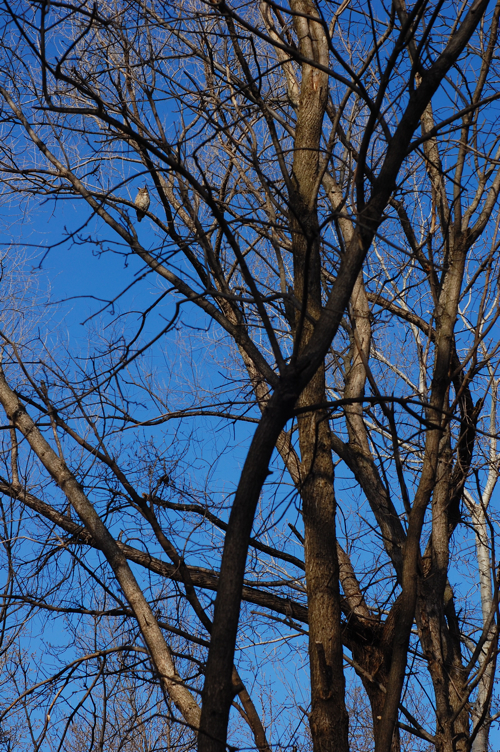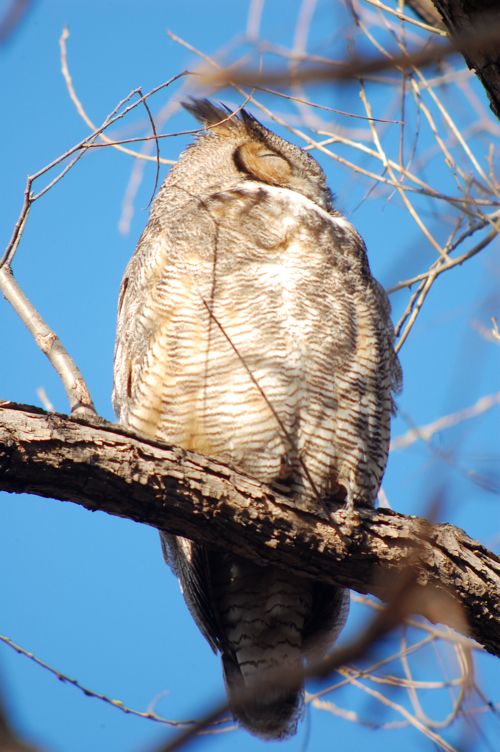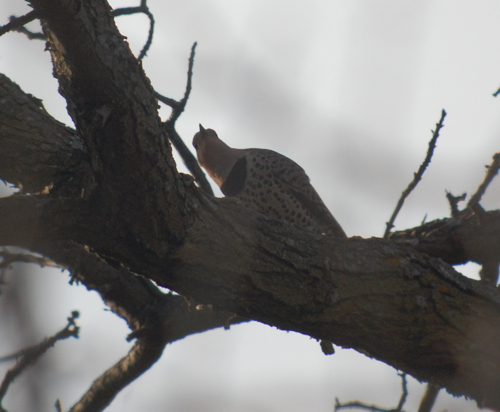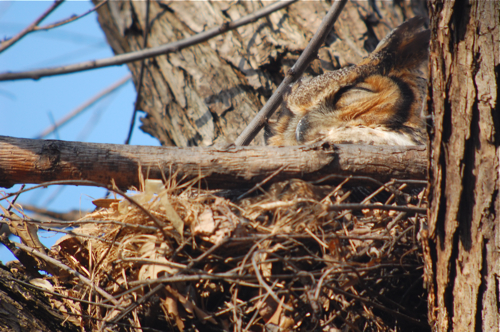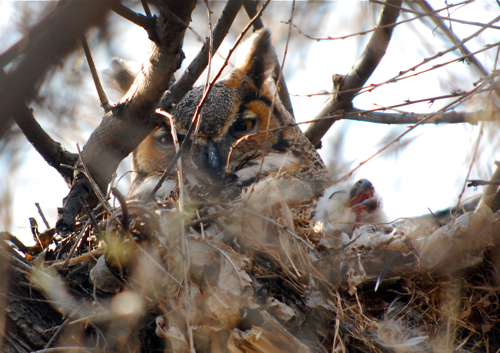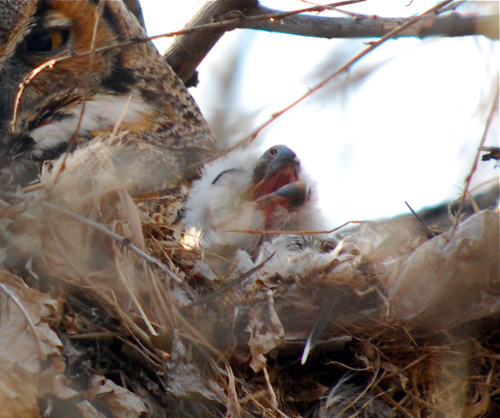I can now add "sober ride for drunk birds" to my resume.

I usually do not answer my phone while bike riding, but I could tell by the ringtone that it was my neighbor Zoe. She doesn’t spend her social time foolishly, so I knew if she called, she had something important to say.
“I’m on Hennepin and there’s a bird that can’t fly,” she said. “It’s kind of flapping, but it looks like it’s trying to push its beak in the ground and kind of spinning in circles.”
Generally, when people contact me, I encourage them to type in the words, “find a wildlife rehabber near you” into the search engine of their choice and a very helpful website pops up that connects you with the nearest licensed wildlife doctor to you. This also keeps me from becoming a full time bird ambulance during nesting season when everyone finds a baby bird.
However, I was biking and only a few blocks from Zoe and I thought I might as well head over. Also, my neighbor only said the word, “bird” not “pigeon” or “sparrow.” Chances were it was something interesting.
I headed over and five minutes later found my neighbor and a stranger she bonded with as they stood vigil over of the soft brown ball of feathers flopping on the ground. I immediately identified it as a Cedar Waxwing.
The bird indeed was trying unsuccessfully to fly and pushing its head into the ground. It was unable to stand and lurched around in a circle. I’ve volunteered for a couple of bird hospitals and know enough to when a bird is in serious trouble. I picked it up and felt around for broken bones and all felt intact. I blew on the waxwing’s breast, spreading the feathers apart to look at its transparent skin and get an idea of its physical state. The bird was robust with healthy muscle tissue, it was not starving and surviving well enough to find plenty to eat during our cold wet spring.
“What do you think is wrong with it,” Zoe asked.
“I think we have a drunk bird,” I answered.
Above is a picture of our little drunkard. Love all the colors on the waxwing, the soft brown and gray, highlight by bright red waxy tips and yellow tail band. In spring, frugivorous birds like waxwings and robins will sometimes feed on berries from the previous summer which have had months to lose moisture and allow the sugars to ferment. As the birds feed in a frenzy, the berries may not get digested right away and those fast metabolisms process the berries and voila, you get drunk birds. Sometimes the results are quite tragic as the intoxicated birds fly impaired and slam into windows. They are also highly susceptible to predators like Cooper’s hawks.
While it was possible that this particular bird could have been poisoned in a yard, waxwings are well known for getting intoxicated. If it had been poisoned, its chances of recovery were low, whereas if it was just drunk, it needed a quiet, dark place to sober up and then could be released right away.
I said, “I think it just needs to sleep it off away from the street, I will take it home and see what it’s like in a few hours."
I carefully placed the waxwing in my empty bike satchel, giving the weary and confused bird a soft spot to rest, but not allow it to move too much and risk damaging its feathers. The blitzed bird gave me that all too familiar glare we’ve seen many a drunk friend do. The look that says, “Look man, just turn off the lights and leave (bleep) me alone.”
At home, I set the satchel in the kitchen. Two hours later I peaked in. The waxwing had thrown up and was now at least standing. Ah, we really aren’t that much different from wildlife are we? A good hard puke after too alcohol and we feel a bit better.
I lifted the waxwing out of the bag, it stared unsteadily back at me. I realized that our little drunken bird was going to spend the night.
We took a pet carrier, fashioned a sort of perch for the waxwing and set it in. I also put in a very shallow dish of water and I chopped up some cherries in case it got well enough to eat on its own and set the carrier on the futon.
The next morning, the waxwing was sleepy and though hopping around, seemed a bit slow. This bird clearly needed a hangover breakfast and hydration. I opened the door and took a few drops of the water and set one drop on the very tip of its closed beak. It took a taste and you could see the lightbulb turn on, “Yes, more of that, please.”
Never underestimate the value of hydration when intoxicated.
I picked up a piece of cherry and slowly brought it to the bird’s beak. It opened it’s beak and took the proffered food. It held on to it for a moment, then swallowed. I tried again and got the same result. As cool as I thought it was to hand feed a Cedar Waxwing, I was highly concerned that it was so readily letting me hand feed it. By the third piece, it was as if realization set in and it flew to the back of the carrier in fear.
An hour later as the bird looked a bit more perky, I thought we would take it for a test flight outside. We went behind our apartment building and opened the door, the waxwing flew away to a branch in a hackberry tree high above. When we went back to our second floor apartment, I could easily watch our hungover house guest out the kitchen window. It preened and readjusted its feathers. Then it rubbed its head on a branch, as if thinking, “I can’t believe how blitzed I was last night! I'm never doing that ever again. How embarrassing.”
Then the waxwing went to sleep and I worried that I released it too soon. As I was questioning myself, I heard the high trilly whistle of a flock of waxwings flying over. The hung over bird immediately woke up, called back and did the flight of shame right into the flock. Whew.
Party on, dude.
Here's the vomit the bird left behind...at least it's far cleaner than any puke a drunk human has left behind.








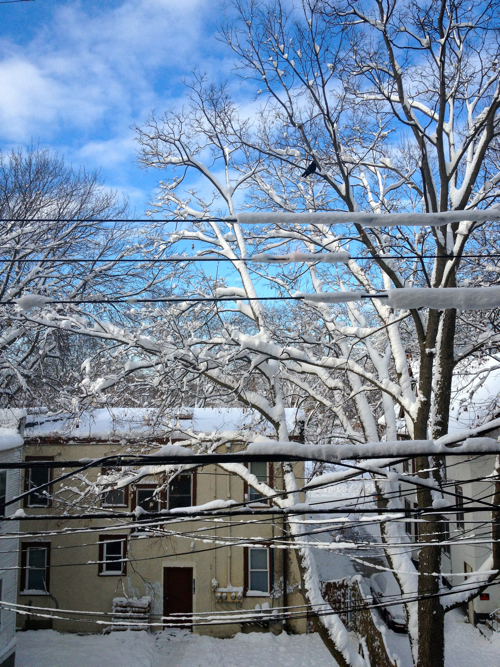





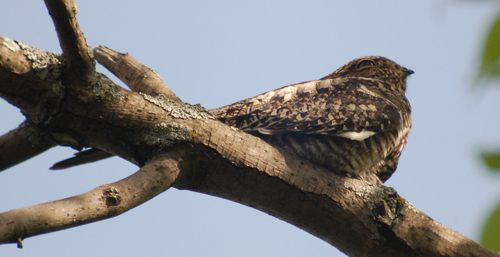
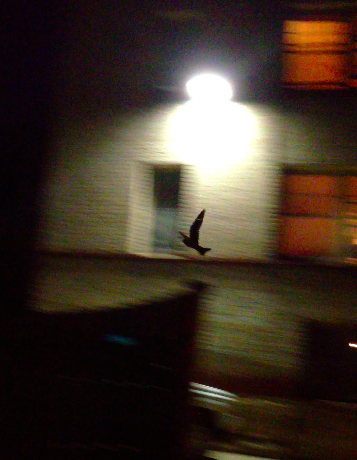






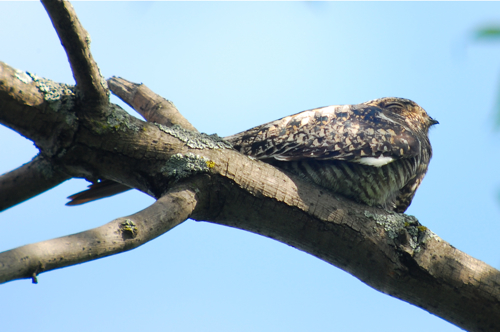 As I took pictures of the bird through my scope, I heard someone passing me say, "Is she looking at leaves? Oh, I bet she's taking pictures of bark."
As I took pictures of the bird through my scope, I heard someone passing me say, "Is she looking at leaves? Oh, I bet she's taking pictures of bark."
 Cooper's hawk and its eternal question: Can I eat that?
Cooper's hawk and its eternal question: Can I eat that?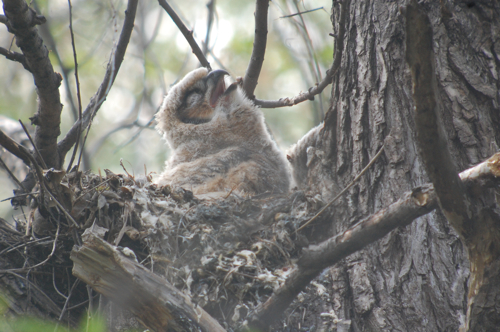

















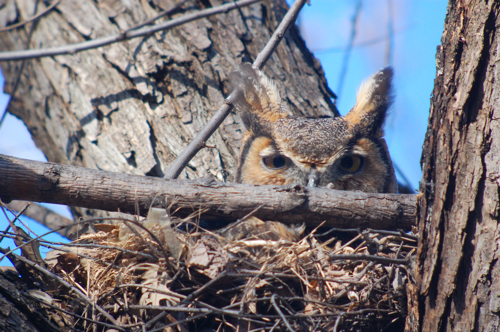 As I was working my way around my neighborhood the other day
As I was working my way around my neighborhood the other day 